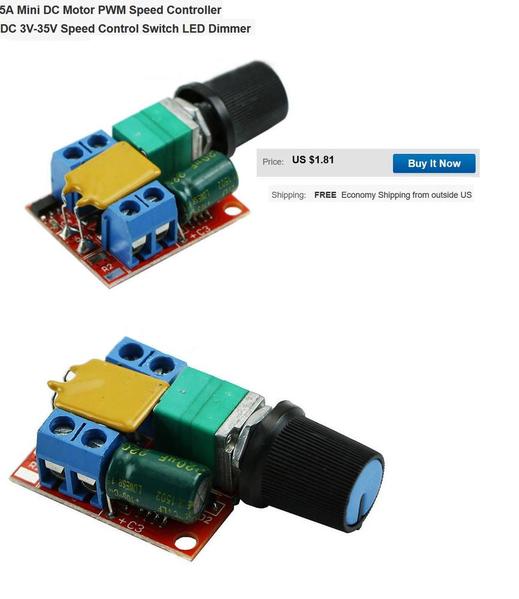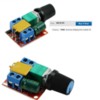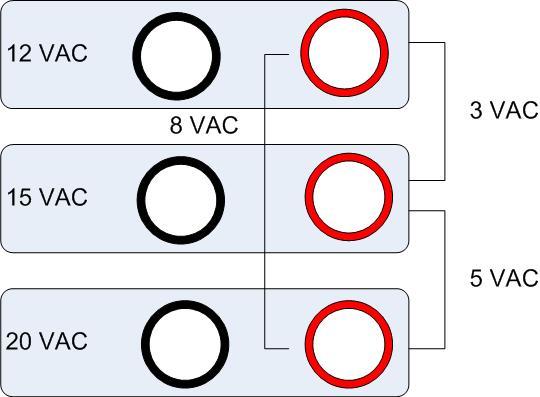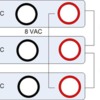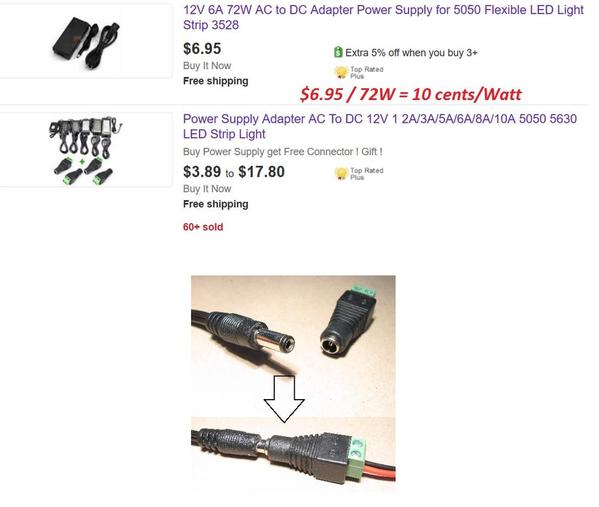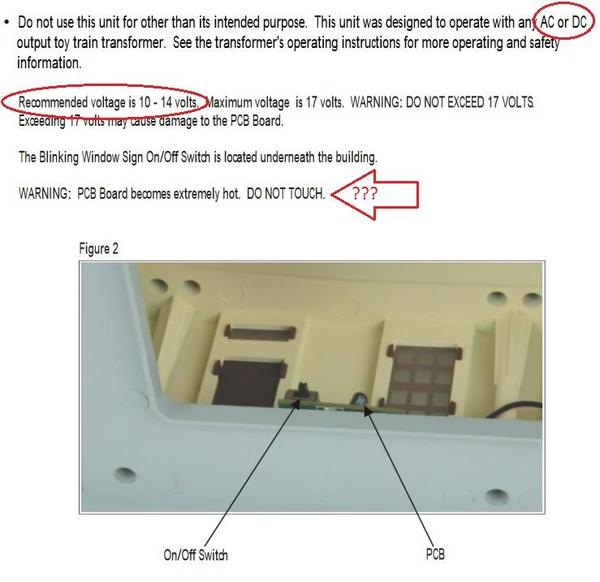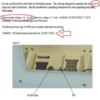...Using handles of Z-4000 - I set voltage anywhere from 8 to 11 volts AC ~ amps on both handles read 4-5 each - this produces nice effects with building lights (not to dim and not too bright); problem is at the upper range of these settings (which is needed to activate blinking signs in the buildings that have them)
Tell us more about these blinking signs (model # or supplier?). If by upper range you mean these buildings require 11V or whatever to operate, then it seems you need at least 2 independently controllable voltages...that is, one that can be lowered to 8V for buildings that don't blink, another that must stay up around 11V for buildings that do blink.
So adding to PLCPROF's question about what exactly you have, I'd ask what you see in your future. A lot of guys are adding lighted accessories from the likes of Menards, Miller, Lemax and so on. In general these operate around 4.5V DC. Some have a small range of brightness adjustment if you vary the DC voltage. Are these in the cards for your layout? Plan twice, buy once!
Also, a lot of guys are using 12V DC LED lighting strips especially for larger buildings, station platforms, etc.. These too have a range of brightness adjustment from, say, 9-12V DC. In some cases these are retro-fit to replace power hungry incandescent bulbs. Yes, there's some re-wiring to do in buildings but LED strips use only 10%-20% of the power (Watts) as the same brightness of traditional incandescent bulbs.
Just another twist to the discussion...in other words another option is to lower the demand for lighting power rather than increasing the supply of power. I'm thinking you must have done some kind of wire cutting, stripping, power distribution using terminal blocks or whatever?




